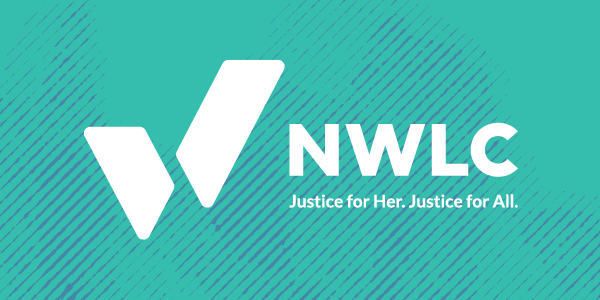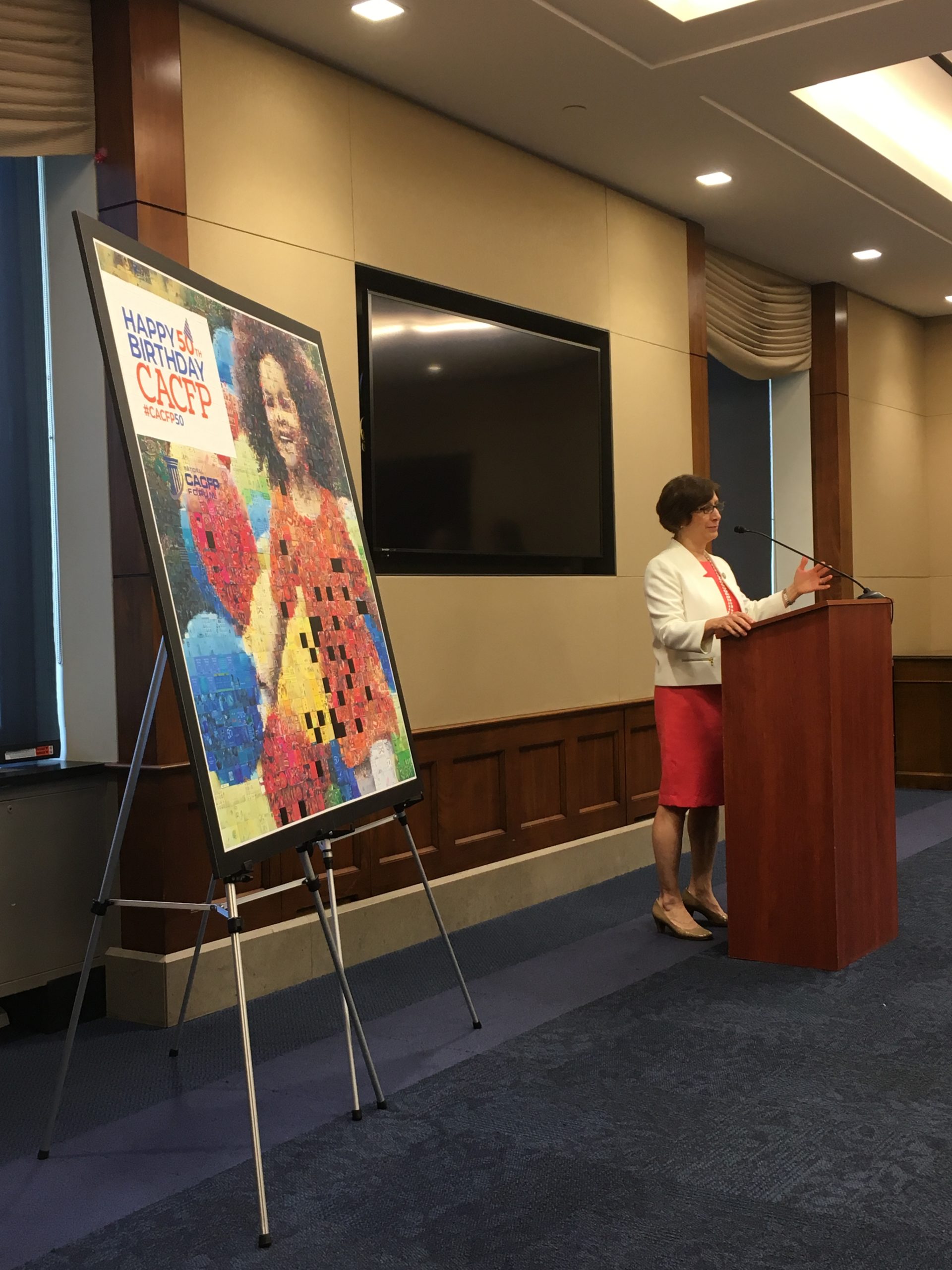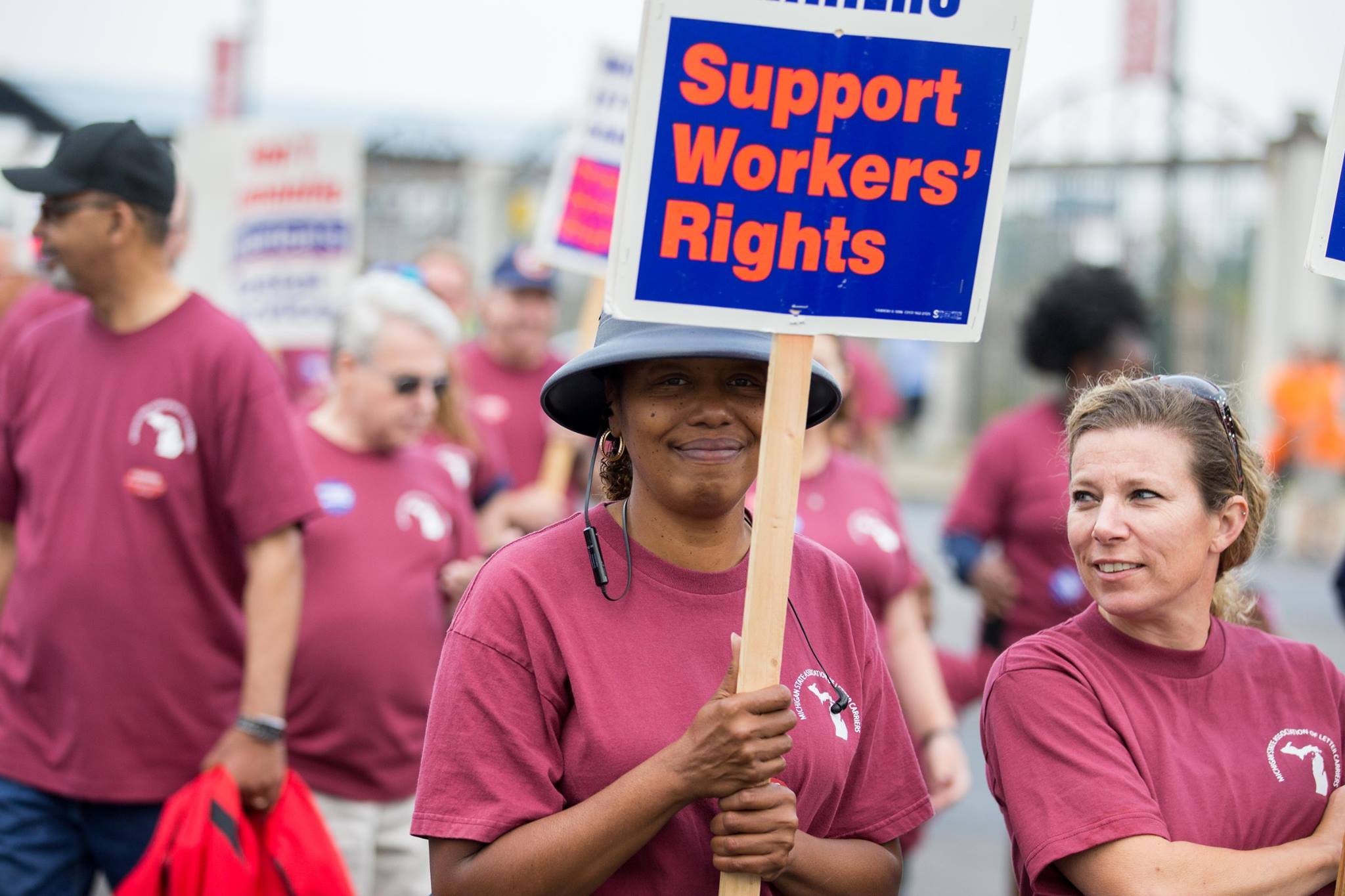Mind the (Gender Wage) Gap
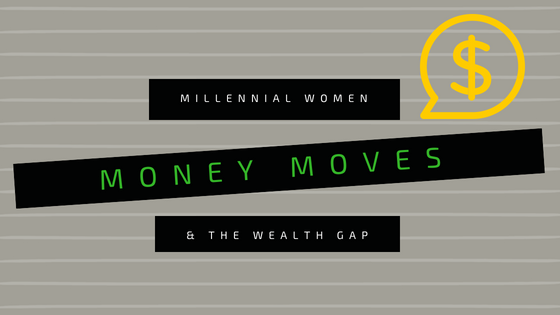
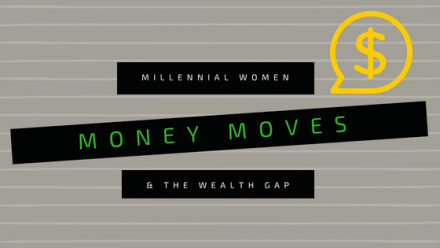
This is the third part of a twelve-part blog series that tackles the obstacles to wealth building that Millennial women face over their lifetimes. The goal is to unpack the forces that create the wealth gap for Millennial women and point to both practical advice and policy suggestions that can help create a more stable economic future for this generation of women.
Ever get to the end of the month, swipe your debit card at the store, and feel like your checking account is screaming at you like:
Yeah, me too.
That feeling of stretching your earnings from paycheck to paycheck might have something to do with the gender wage gap–or the gap between men and women’s pay for doing the same or similar jobs. Millennials are entering the workforce as the most highly educated generation of workers in American history—with Millennial women leading the way—yet the gender wage gap still persists after decades of legislation, activism, and culture shifts.
Currently, women who work full-time and year-round only make 80 cents for every dollar their white, non-Hispanic male colleagues make—although that number is subject to change based on new data released by the Census in September. Using today’s number, the wage gap is responsible for women losing $403,440 over a 40-year career. And that’s before we add race into the equation, which dramatically widens the gender wage gap: Black women are only paid 63 cents, Native Hawaiian and Pacific Islander women are paid 59 cents, Native women are paid 57 cents, and Latina women are paid a paltry 54 cents, leading to a loss of over $1 million over a 40-year career. Due to higher rates of educational attainment, Asian women are paid 90 cents for every dollar white, non-Hispanic men make (which is higher than any other group of women), but this gap widens when compared with Asian men. As these disparities show, the gender wage gap is evidence of the intersecting nature of racist and sexist oppression.
Here’s what we also know that the gender wage gap for women, no matter what generation they belong to:
- The gender wage gap starts right out of college, even among male and female graduates of similar age and educational backgrounds.
- The gender wage gap exists across every occupation, including low- and high-wage jobs.
- The gender wage gap widens when women have children, while men actually get a boost when they become fathers. Mothers make a meager 71 cents for every dollar paid to fathers, which amounts to a loss of $16,000 each year.
This “motherhood penalty” and “fatherhood boost” is just one example of the cultural factors at play that keep the gender wage gap intact. Not only are there cultural expectations for what kinds of jobs women are good at and should pursue (teaching, nursing, and other care-work positions come to mind) but also the traditional gendered division of labor puts the onus on women to take time off work to care for sick children and family members, while men are free to work more/longer hours (among other things). This unequal division of family and emotional labor inhibits women’s advancement at work and/or pressures women to take jobs that will allow them to work this “second shift.” There’s also just plain ole’ discrimination and stereotyping, which can materialize in more subtle ways, like how employers perceive the productivity, commitment, and capability of women with caregiving responsibilities, especially mothers.
Apparently, growing up during the time of “girl power” and the proliferation of feminist ideals into the mainstream has not guaranteed Millennial women economic equality because the wage gap numbers for this group are just as bleak. Data from 2016 showed that white, non-Hispanic Millennial women (ages 18-34) were paid 86 cents for every dollar white, non-Hispanic Millennial men were paid. But Millennial women of color fared much worse: Black Millennial women were only paid 70 cents and Latina Millennial women were paid 67 cents for every dollar paid to white, non-Hispanic Millennial men. Census data released next week will give us a better idea of how this gap has changed for Millennial women of all racial backgrounds.
While educational attainment can help workers earn more at their jobs, the wage gap still persists for Millennial women upon graduation. In fact, Millennial women with a college education are projected to lose out on more than $1 million dollars over the course of their careers just because they are women. An AAUW report illustrates how the gender wage gap plays out over a woman’s lifecycle and how it results in such a staggering loss. For example, the median annual earnings for a 25-year-old woman born between 1980-1984 is $44,119 (compared to $49,050 for men this age). By age 37, median annual earnings for this group of women will bump up to $61,278, but men of the same age will be making almost $20,000 more. By age 60, the projected median annual earnings of Millennial women in this age group will be $73,136, which is only 60 percent of what men this age will have made.
Let’s also not forget that Millennial women are in the height of their childbearing years, which means they’ll be experiencing the “motherhood penalty” on top of the gender wage gap, student loan debt repayments, increasing cost of living, and the lasting economic effects of the Great Recession all at once. Getting paid less each year literally adds up and negatively impacts the wealth-building potential of Millennial women for years to come. Just think of how much money Millennial women could invest in a home, put into a retirement savings, or use to pay down student loans if the gender wage gap didn’t exist!
So, what can you do to make sure that you’re getting the money you deserve? For starters, see what kinds of salary transparency policies your employer enforces. Pay secrecy and other illegal gag orders that prevent employees from discussing their salaries with each other contribute to the persistence of the gender wage gap–just ask Lilly Ledbetter, one of the leaders in the fight against pay discrimination, who only found out she was getting paid less than her male colleagues at Goodyear Tire when she received an anonymous letter detailing the salaries of three male managers.
You can also call your member of Congress and express your support for the Paycheck Fairness Act, which would strengthen existing pay discrimination legislation, close loopholes for employers, and require the EEOC to collect pay information, which will better help this agency enforce the law. Supporting state-level initiatives that require employers to be transparent about salary ranges during the hiring process (and ban employers from asking about salary history) will also help close the gender wage gap. Because women tend to ask for less than men when negotiating, this new information will help women get the compensation they deserve.
Learning negotiation techniques is another way women are working to close the gender wage gap. Historically, women have been in a double bind when it comes to negotiating salaries: if they do, they’re seen as “aggressive,” “bitchy,” or “too demanding,” and if they don’t, they get paid less than their male counterparts. It’s a lose-lose situation. However, there are workshops in cities all over the country that provide the tools needed to successfully negotiate your salary, whether you’re a rising college graduate or already in the workforce.
Closing the gender wage gap is going to take a collaborative and concerted effort on the part of policy makers, employers, and activists. Millennial women need fair wages to live economically secure lives, and pay discrimination produces numbers that are not only impossible to ignore but are also an important piece of our ongoing conversation about Millennial women’s wealth. Let’s not wait until 2059—the year when the wage gap is projected to close—to make this happen.

